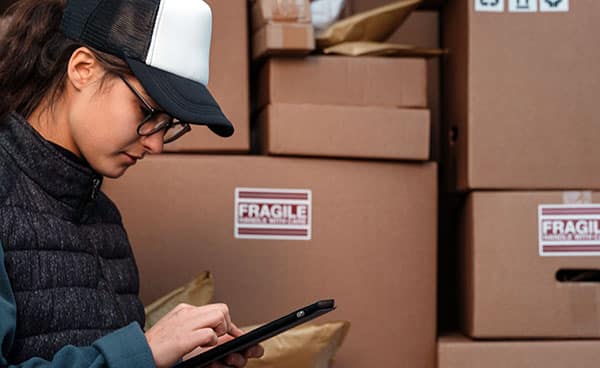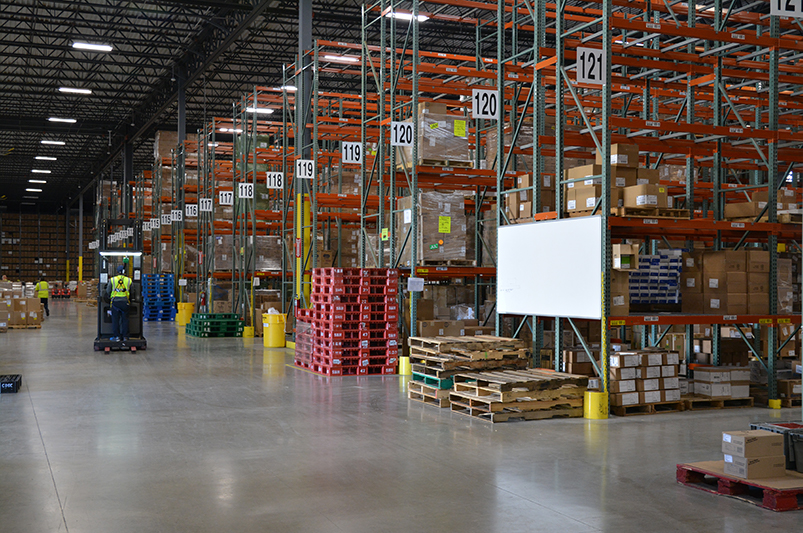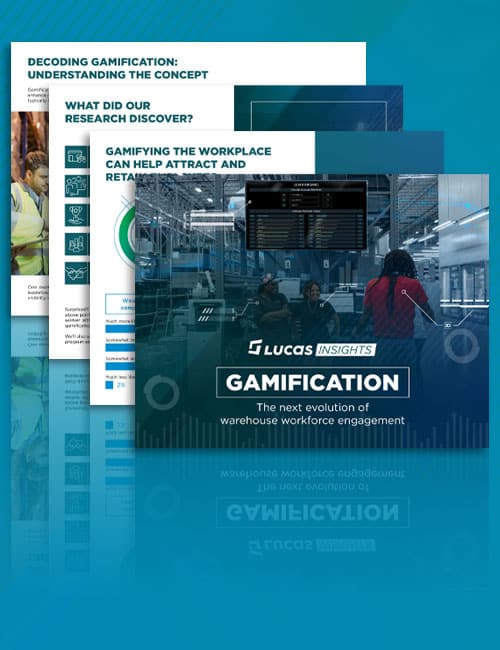With Stores Filling More Online Orders, Does Target Need Fulfillment Centers?
As Target ramps up in-store fulfillment capabilities, the Wall Street Journal asked rhetorically if DCs are even necessary. The answer, of course, is yes – how else would stores have products to sell if it weren’t shipped from DCs? On the other hand, the role of dedicated ecommerce fulfillment centers could be eroded if retailers follow Target’s lead to fill more online orders from stores.
For years, some retailers have argued that their store networks could be a valuable asset for quick and efficient local fulfillment of online orders, especially for same day delivery or pick up. Covid-19 has accelerated consumer adoption of local delivery and pickup, putting the theory to a test.
According to Target CEO Brian Cornell, in 2019 Target stores were fulfilling 80% of their ecommerce sales, and that has continued amid the surge in new orders this year, including a whopping 1000% increase in growth in curbside pickup in the month of April. Target also claims that the costs for curbside or in-store pick up are about the same as traditional in-store purchases, and less than shipping from a DC. Nevertheless, for in-store picking work – especially as order volumes increase – retailers will need to borrow best practices and technologies from their DCs.
Target has been taking a few pages out of the DC playbook. Although still in the early stages, they are testing dedicated in-store pickers, preppers and packers while utilizing warehouse-like technology to optimize their replenishment and slotting processes. They have also begun testing new downstream sort centers to make store replenishment easier and enable higher throughput of ecom packages.
Grocery retailers have also been building local fulfillment capabilities. Many have announced plans to invest in micro-fulfillment and other technology solutions, but the sudden surge in ecom orders since March pushed them to hire hundreds of thousands of new employees to beef up in-store picking.
Most non-grocery retailers have moved more slowly. But if consumers are reluctant to resume shopping in stores, these retailers may have no choice but to scale up their in-store picking. Whether Target is an outlier or trendsetter remains to be seen. But centralized ecommerce fulfillment centers are sure to be a part of the mix, even as stores fill more online orders.
More Manufacturers Are Going Direct-To-Consumer
While retailers are increasing local fulfillment, manufacturers are doing more direct-to-consumer shipping from their DCs. Most notably, a number of consumer goods companies are making forays into the ecommerce space to take advantage of the boom in online food shopping.

Unilever has seen a 20% increase in ecom sales to consumers on their foodservice platform, but initial data from the Pepsico efforts are not yet available. But the market opportunity is large and growing. Online direct-to-consumer sales (defined as direct from brand owner or manufacturer) in the U.S reached over $14 billion last year with 2020 growth projected at over 24%.
Despite the sales potential, manufacturers may face challenges on the fulfillment end. Shipping truckloads, pallets, and cases to wholesalers or retailers is a far different proposition than sending mixed cartons of products to individual consumers. Many manufacturers are already drop-shipping ecommerce orders on behalf of retailers, and this too is growing. As manufacturers increase their direct-to-consumer services, they may need to rethink and renovate their DC operations and systems to efficiently meet demand. Two Lucas experts will be discussing this exact subject in our next online event, Adapting DCs To The Ecommerce Surge, on June 9.
What Would Amazon Do With J.C. Penney?
Hit by heavy debt and the closing of stores due to the pandemic, JCPenney’s officially filed for chapter 11 bankruptcy and is taking steps to reduce costs and improve operations in a bid to stay in business. As an initial step, the retailer is closing about one-quarter of their physical locations. Shortly after the bankruptcy news broke, rumors started to spread that Amazon was interested in acquiring the struggling retailer, based on a report in WWD that Amazon attended the bankruptcy meetings at JCPenney offices in Plano, Texas.
Some retail industry observers believe Amazon may be interested in acquiring JCP’s assets both to expand its apparel business and retail store front. Similar to it’s acquisition of Whole Foods, Amazon could acquire an 800+ store network that would allow them to offer a more complete omnichannel experience, including in-store and curbside pickup for products beyond grocery.
Adapting DC Operations To The Ecommerce Surge
Ecommerce has been on a steady rise, and COVID-19 has led to a surge in online orders for all industries. Many traditional DC operations need to adapt their current picking, packing and shipping processes to more efficiently ship a rising volume of direct-to-consumer orders.
At our upcoming webinar on June 9 we will share how other DCs are meeting the challenge without investing millions in new material handling systems, changing WMS, or building new facilities. Learn how you can adapt your DC without breaking the bank!






